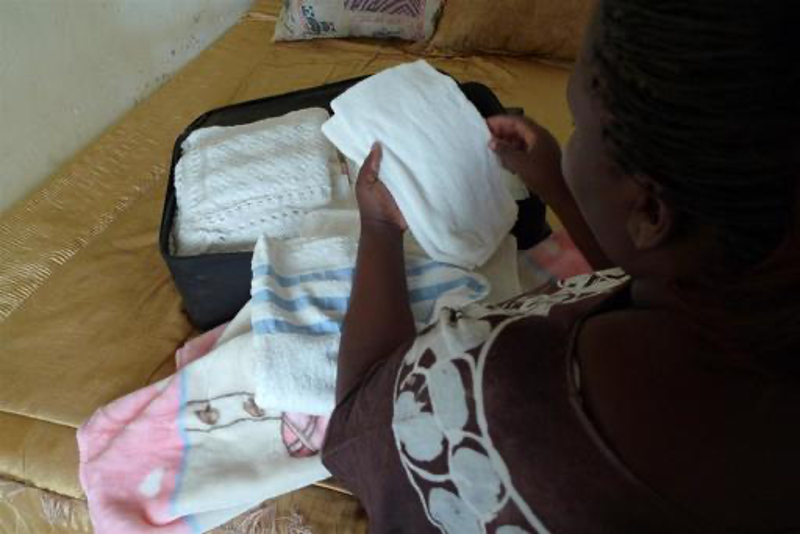
Over the past two decades, the global stillbirth rate declined from 21.4 per 1,000 total births in 2000 to 13.9 in 2019. While this is a sign of modest progress, there were still an estimated 2.0 million stillbirths in 2019. There are large disparities, both in absolute overall stillbirth rates and in progress towards reducing these deaths, between global regions, between countries in regions, and within countries.
Improved data on the number of stillbirths are vitally needed to track progress towards achieving the vision of the 2030 Agenda for Sustainable Development and ensure that no child is left behind. These data are also critical to monitoring progress toward the Every Newborn Action Plan (ENAP) target of 12 or fewer stillbirths per 1,000 total births in every country by 2030. To ensure we achieve the Sustainable Development Goals and the ENAP targets, we must not only improve data on stillbirths, but also deepen our understanding of why these babies are dying and what we can do to prevent these tragic losses.
Why a conceptual framework on stillbirth?
A conceptual framework offers an important tool to map specific factors that can influence stillbirth outcomes. It arms policymakers and health care practitioners with valuable guidance on predictors of stillbirth, thus providing vital information on where interventions are most needed and where they can be most effective. A more comprehensive understanding of the pathways to stillbirth is important. With progress in reducing these deaths not keeping pace with reductions in child mortality, stillbirth has become an increasingly important public health issue. Today, stillbirths account for a larger share of deaths that took place between 28 weeks gestation and 5 years of age than they did 20 years ago: As of 2019, stillbirths comprised 36 per cent of these losses, an increase from 23 per cent in 2000. But limited knowledge and misperceptions of the causes of stillbirth stand in the way of solutions, both in closing the stillbirth disparity gap and in ending preventable stillbirth deaths.
A stillbirth conceptual framework illustrates expected relationships between variables of interest, how those variables relate to each other, and stillbirth, thus fostering understanding of the pathways to stillbirth. A conceptual framework can also guide and inform research that investigates the contribution of a given variable on stillbirth outcomes and help pinpoint the predictors that could be useful for modelling stillbirth rates.
Aim and overview of work
The overall aim of this work is to develop an initial conceptual framework on the specific factors that impact stillbirths in low- and middle-income countries (LMICs). It is designed to go beyond the biomedical causes of stillbirth by exploring the interactions between underlying medical conditions and other proximal and distal factors. The specific focus here is on low-and middle-income contexts, which accounted for 98 per cent of all stillbirths in 2019. While the underlying biomedical causes of stillbirths may be similar across contexts, access to high quality peri-conceptual, antenatal and obstetric health care varies widely between contexts. Where relevant, some of the background work that contributed to this framework included stillbirths in high-income contexts.



